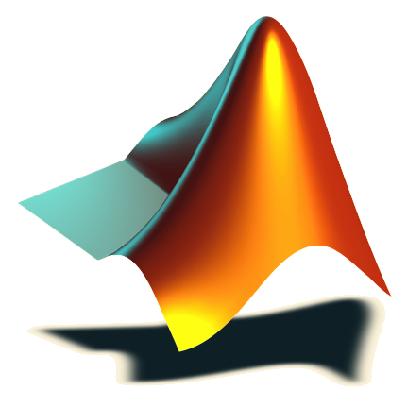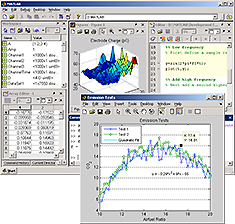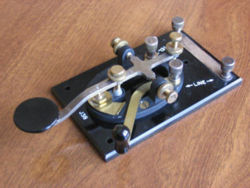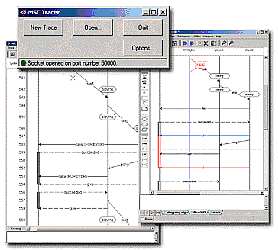TECHNOLOGIES ENHANCEMENT PROGRAM


Click here for detail course outline |

With the spread of the powerhouse MATLAB® software into nearly every area of math, science, and engineering, it is important to have a strong introduction to understand the software.
This one-day practical course offers an introduction to understanding and using this powerful program. Starting with basic features, covers everything needed to use MATLAB effectively––from simple arithmetic operations with scalars, to creating and using arrays, to three-dimensional plots and solving differential equations.
Thoroughly updated to match MATLAB's newest release, this easy-to-understand course walks you through the abilities and advantages of this powerful software for technical computing. Assuming no prior MATLAB experience, this guide clearly explains how MATLAB is used in mathematics, engineering, and the sciences
|

Simulink is a programming language specifically designed for simulating dynamical systems using standard block diagram notation. This course was designed for participants with the appropriate mathematical preparation that includes a good understanding of the fundamental concepts from introductory experience such as calculus and differential equations,the outline presents detailed coverage of programming using Simulink. Beginning with a block diagram tutorial, an overview of Simulink and describes in detail the procedures for building, editing, and running a Simulink model. For engineers, scientists, and other technical professionals with a career in engineering, control systems, programming, or science.
|
|


Click here for detail course outline
|

Reflecting the rapid advances in microelectronics and computer technology, participants will learn how digital signal processing techniques come into play in a wide range of fields and will appreciate this thorough, yet concise coverage.
The fundamental concepts and techniques of modern digital signal processing with related algorithms and applications. Covering both time-domain and frequency- domain methods for the analysis of linear, discrete-time systems, the course offers coverage on such topics as sampling, digital filter design, filter realizations, deconvolution, interpolation, decimation, state-space methods, spectrum analysis, and more. Rigorous and challenging, it further prepares participants with numerous examples, exercises, and experiments emphasizing software implementation of digital signal processing algorithms integrated throughout.
|

This course introduce the basic concepts and methodologies for digital image processing which focus on contemporary developments in all mainstream areas of image processing. Areas covered include intensity transformations, linear and nonlinear spatial filtering, filtering in the frequency domain, image restoration and registration, color image processing, image data compression, morphological image processing, image segmentation, regions and boundary representation and description, and object recognition.
|
|


Click here for detail course outline
|
|

GUI applications offer many advantages for users who wish to solve complex problems by providing interactivity and visual feedback. This course introduces you to the software capabilities for GUI development and covers the following areas in detail: . Handle Graphics® programming and low-level GUIs . High-level GUI development using GUIDE . The structure of GUIs including event processing, callbacks, timers, and real-time animation of plots / data .
|
[ click here for information on HRDF SBL Claim Scheme ]
|